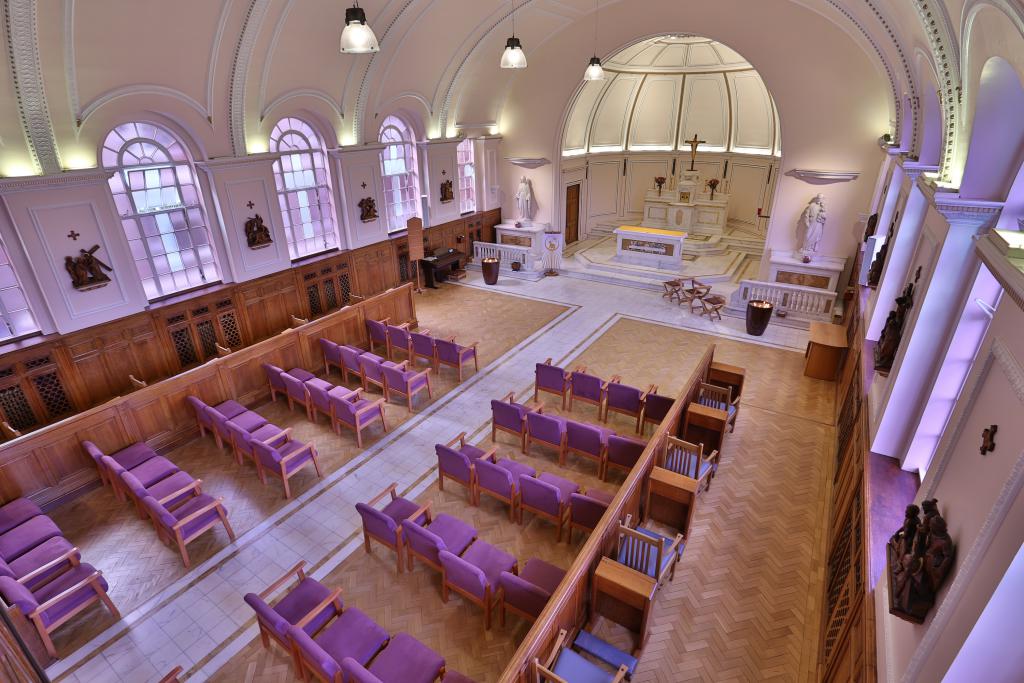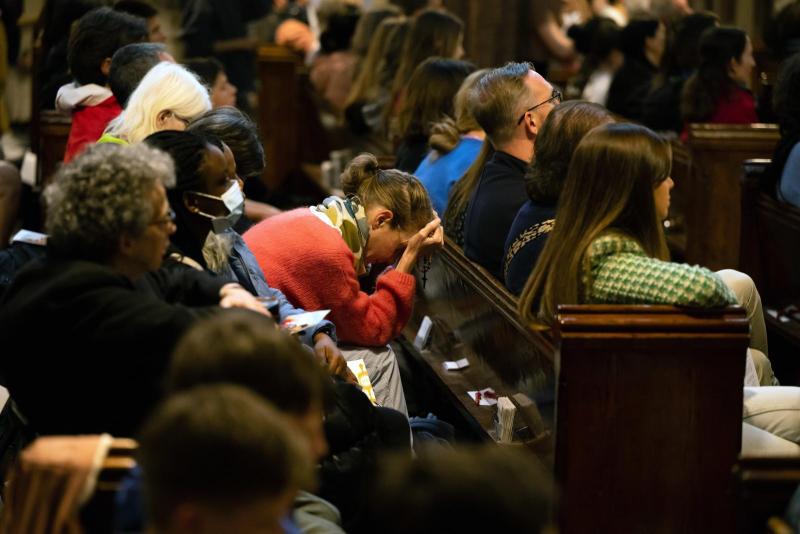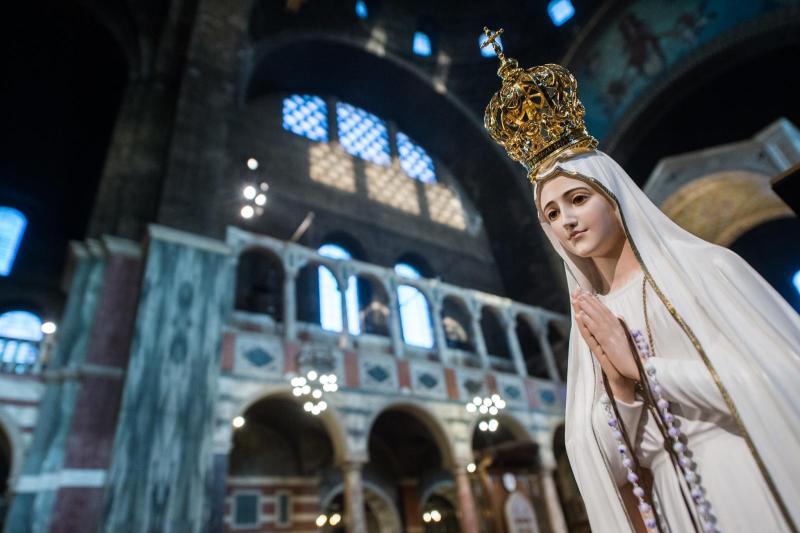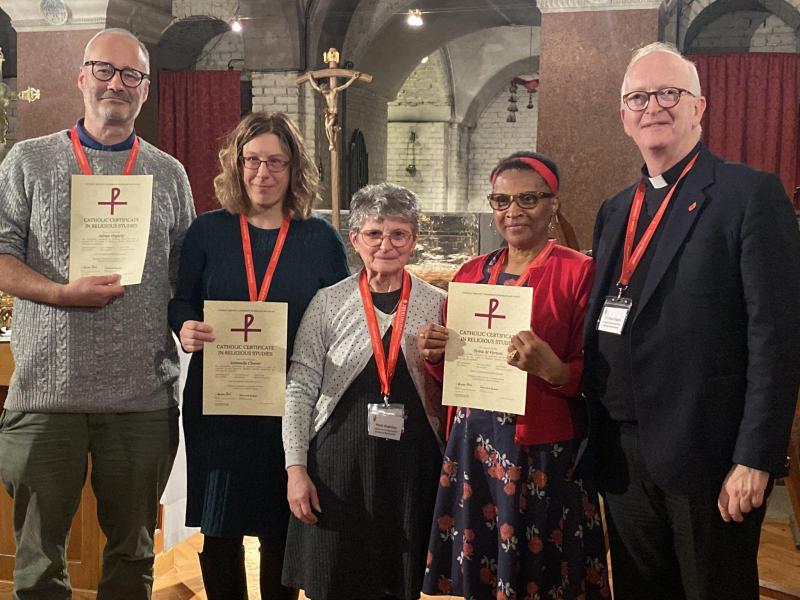St Joseph’s hospice chapel was built in 1932. It was designed to serve as a bridge between the Convent of the Religious Sisters of Charity (who founded the establishment) and the hospice. It is a bright, peaceful place and many people wander in to find solace in prayer.

Since January, dotted around the chapel are seven reflective stopping points highlighting a different theme of the Year of Mercy. Visitors to the chapel are encouraged to stop at each of the seven steps and look at the pictures, quotations and statues, and reflect on forgiveness. It is called the St Joseph’s Chapel Pilgrimage of Mercy, and each stopping point has been called a step.
What is admirable and humbling is seeing the very infirm pray the pilgrimage. For most of them, a simple physical lifting of their legs and feet to walk and thus reach one of the seven steps can be a heroic movement. It takes them remarkable effort, but with amazing will power and determination they choose to follow the pilgrimage.
Forgiveness for some people is a heroic movement. Our natural desire, when hurt, is to attack and be defensive. Forgiveness can be a remarkably difficult step; yet, when the effect of forgiveness is realised it frees and heals, it lifts burdens and restore us. The will power to forgive is granted to us by the Father, and we must pray for that special grace. Most of us would not think about choosing to go to confession to receive the Sacrament of Reconciliation and ask for the grace to forgive, but it is in that special encounter that the gift to be merciful is often granted.
It is in seven days that the whole of creation is made. For the hospice, those seven steps in the chapel may lead someone to let go of hurt and anger and to engage with God’s mercy and admiration, and to feel newly created.
Please pray for the patients, staff and volunteers of St Joseph’s Hospice.
Written by Fr Peter-Michael Scott, this article first appeared in the March edition of the Westminster Record.




